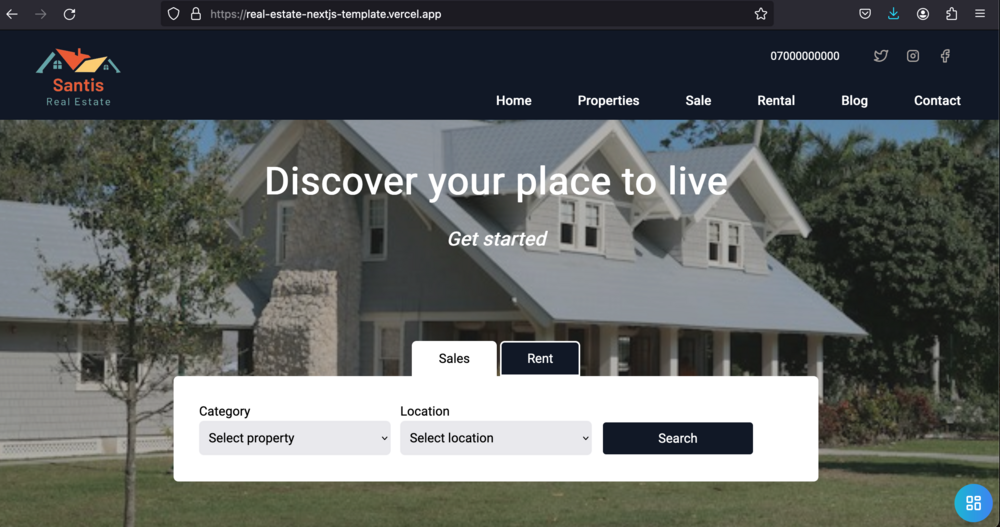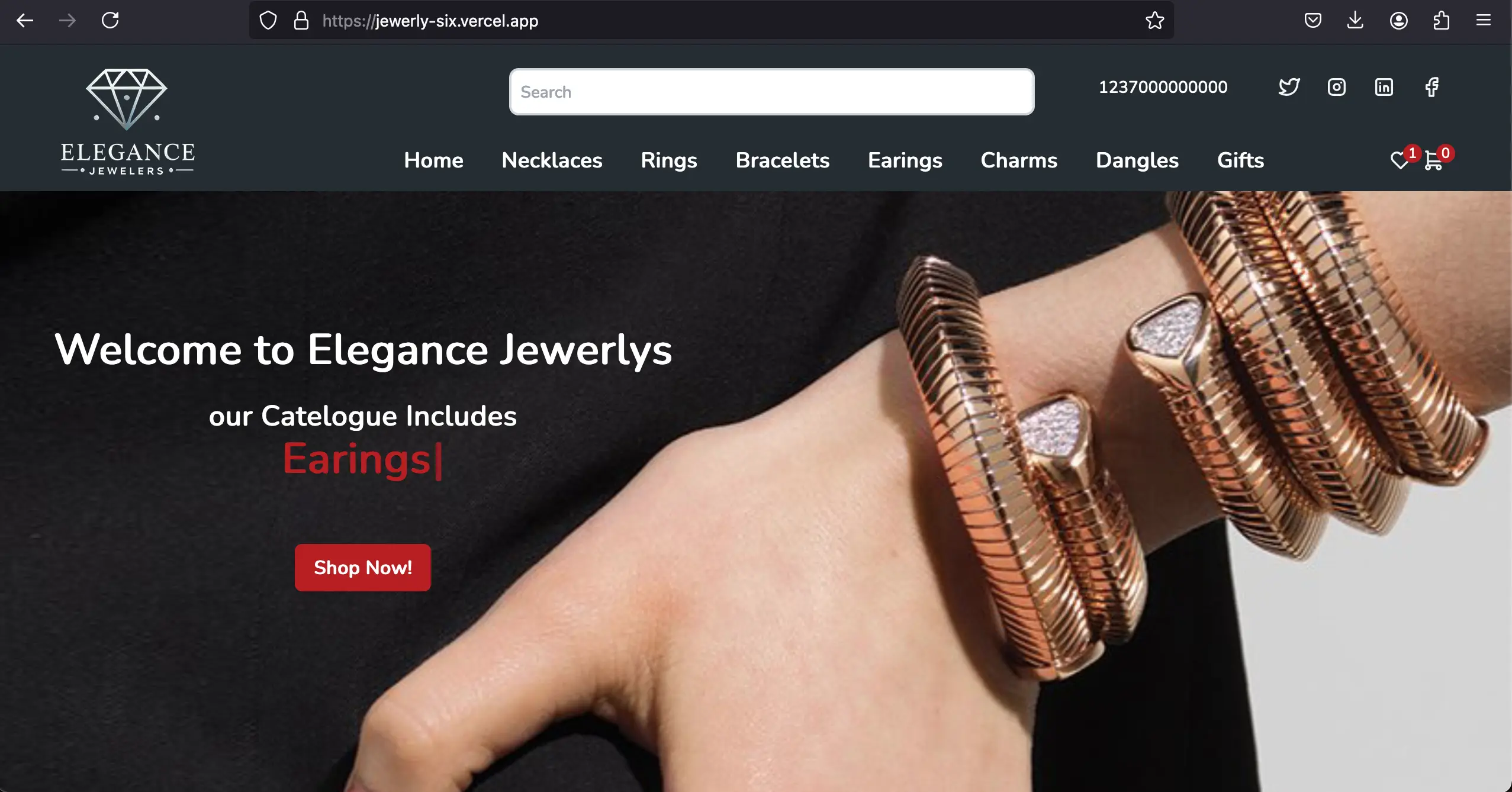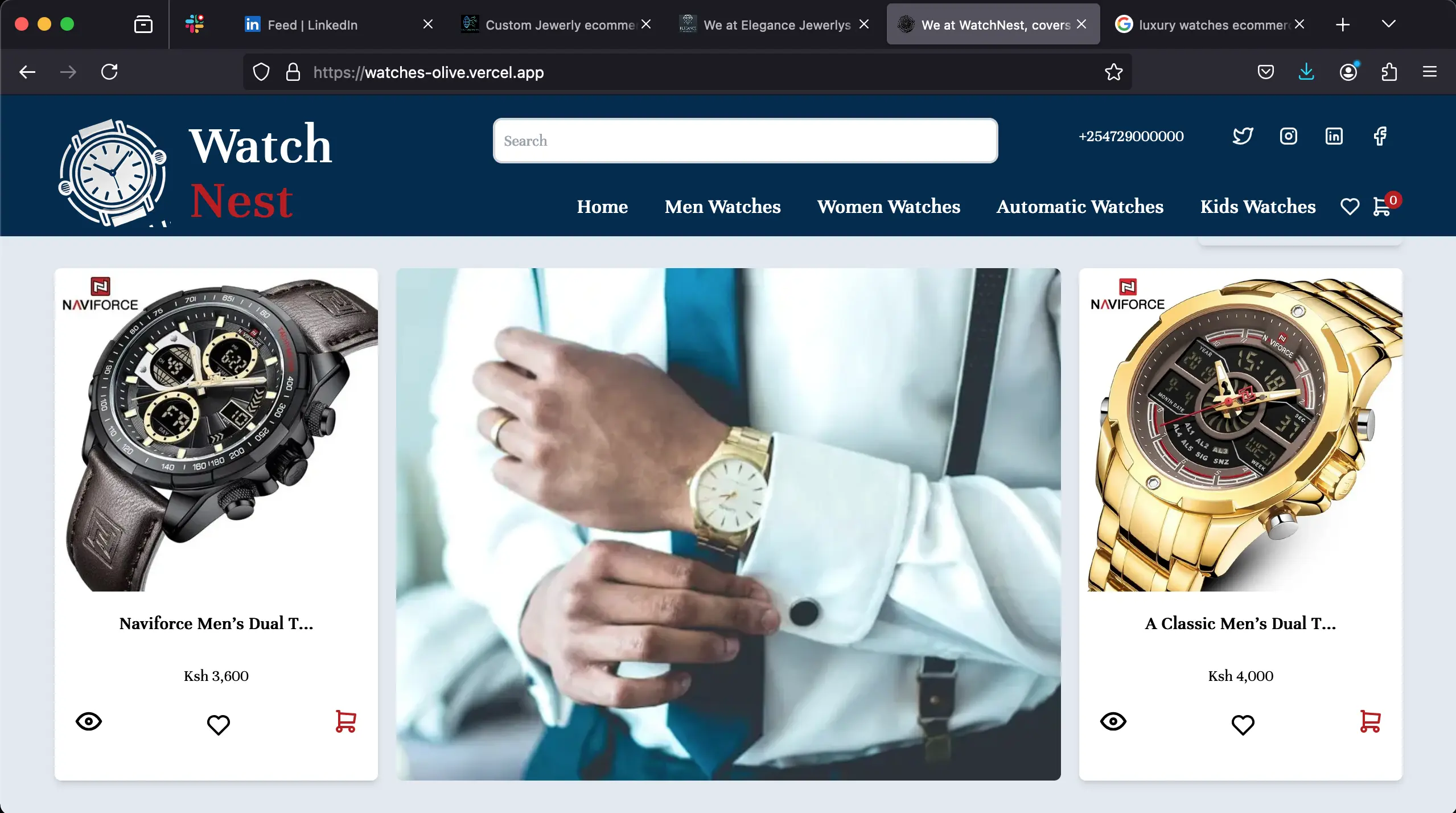
How to Set Up an Ecommerce Website: Complete Step-by-Step Guide
Ready to start selling online? Setting up an ecommerce website might seem overwhelming, but it's actually straightforward when you break it down into manageable steps. Whether you're selling handmade crafts or running a full retail operation, this guide will walk you through everything you need to know.
Why Your Business Needs an Ecommerce Website
Online shopping isn't just a trend—it's how people buy things now. With an ecommerce website, you can sell 24/7, reach customers worldwide, and grow your business without the overhead of a physical store. Plus, you'll have complete control over your brand and customer experience.
Step 1: Choose Your Domain Name and Hosting
Your domain name is your online address, so make it count. Pick something short, memorable, and related to your business. Avoid hyphens and numbers that confuse customers.
For hosting, you need a reliable service that can handle traffic spikes during sales. Look for providers offering:
- 99.9% uptime guarantee
- Fast loading speeds (under 3 seconds)
- SSL certificates included
- 24/7 customer support
Popular options include Bluehost, SiteGround, or managed hosting through your ecommerce platform.
Step 2: Select Your Ecommerce Platform
This is where you'll build your store. The three most popular options are:
Shopify - Perfect for beginners. Everything's included, from hosting to security. Monthly fees range from $29-299.
WooCommerce - Free WordPress plugin. More customizable but requires technical knowledge. You'll pay for hosting and add-ons separately.
Squarespace - Great for visually-focused brands. Easy drag-and-drop interface with beautiful templates.
Or hire a developer - Get a completely custom solution built for your specific needs. This option gives you maximum flexibility and performance optimization.
Step 3: Design Your Store for Maximum Sales
Your design directly impacts sales. Studies show that 38% of visitors will leave if your site looks unprofessional.
Key design principles:
- Use mobile-responsive themes (60% of shoppers use mobile devices)
- Keep navigation simple with clear categories
- Use high-quality product images
- Make your search bar prominent
- Ensure fast loading times (aim for under 2 seconds)
Choose colors and fonts that match your brand and make text easy to read. Remember, cluttered designs confuse customers and hurt sales.
Step 4: Add Your Products Like a Pro
Product pages are your digital salespeople. Each one should include:
High-quality images - Show multiple angles, close-ups, and products in use. Professional photos can increase sales by up to 30%.
Compelling descriptions - Focus on benefits, not just features. Instead of "100% cotton," write "soft, breathable fabric that keeps you comfortable all day."
Clear pricing - Display prices prominently. If you offer discounts, show the original price crossed out.
Product specifications - Include dimensions, materials, care instructions, and anything else customers need to know.
Customer reviews - These build trust and can increase conversions by 270%.
Remember, the goal is to solve a problem - do that and earn big! - your product description should solve a problem.
Step 5: Set Up Secure Payment Processing
Customers won't buy if they don't trust your payment system. You need secure, reliable payment processing that accepts multiple payment methods.
Popular payment processors include:
- Stripe
- PayPal
- Square
Most customers expect to pay with credit cards, but also consider offering:
- PayPal
- Apple Pay
- Google Pay
- Buy now, pay later options (Mpesa, Klarna, Afterpay)
Always display security badges and use SSL encryption to protect customer data.
Step 6: Configure Shipping and Tax Settings
Shipping can make or break a sale. Customers abandon carts when shipping costs are too high or unclear.
Shipping strategies:
- Offer free shipping on orders over a certain amount
- Use flat-rate shipping for simplicity
- Provide multiple delivery options (standard, expedited, overnight)
- Be transparent about delivery times
Tax configuration: Set up automatic tax calculation based on customer location. Most ecommerce platforms handle this automatically, but verify it's working correctly before launching.
Step 7: Implement Essential Security Measures
Security isn't optional—it's required. Implement these must-have security features:
SSL Certificate - This encrypts data between your site and customers. You'll see "https://" in your URL and a lock icon in browsers.
Regular backups - Schedule automatic daily backups so you can restore your site if something goes wrong.
Strong passwords - Use unique, complex passwords for all admin accounts.
Two-factor authentication - Add an extra security layer to prevent unauthorized access.
Security plugins - If using WordPress/WooCommerce, install security plugins like Wordfence.
Step 8: Test Everything Before Launch
Never launch without thorough testing. Check every part of your customer's journey:
- Browse products from your homepage
- Use the search function
- Add items to cart
- Complete the entire checkout process
- Test on different devices (phone, tablet, desktop)
- Verify all payment methods work
- Check that confirmation emails send properly
- Test your return/refund process
Have friends and family test your site too. Fresh eyes often catch issues you've missed.
Launch Day and Beyond
Once everything tests perfectly, you're ready to launch! But your work isn't done. Successful e-commerce requires ongoing optimization:
- Monitor your analytics to understand customer behavior(Google Search Console to check the website performance)
- A/B test different elements (headlines, buttons, images)
- Regularly update product inventory
- Respond quickly to customer inquiries
- Keep your site updated and secure
Getting Professional Help
While you can build an e-commerce site yourself, many business owners find that hiring professionals saves time and delivers better results. Professional developers can create custom solutions that load faster, convert better, and give you a competitive edge.
Look for developers who specialize in ecommerce and can show you examples of stores they've built. The investment often pays for itself through increased sales and fewer technical headaches.
Better yet, get packages that help you launch your store stress-free!
Ready to Start Selling Online?
Setting up an ecommerce website is one of the best investments you can make in your business. With the right platform, design, and security measures, you'll have a powerful sales machine working for you 24/7.
Take it one step at a time, test everything thoroughly, and don't be afraid to get professional help when you need it. Your future customers are waiting—give them an amazing shopping experience they'll remember.
Our Templates
The Turnkey Commerce Suite.
Our Trending blogs










Myrachanto
I help ecommerce businesses scale faster with tech-driven SEO and high-performance web development. With 5+ years of full-stack expertise, I specialize in:
Ecommerce SEO
Optimizing product pages, structured data, and site architecture to boost organic traffic.
Blazing-Fast Stores
Building with React.js, Next.js, Qwik.js, and Golang for speed and conversions.
I write about ecommerce growth—from technical SEO to conversion-focused development—so store owners and marketers can leverage tech for real results.





